Is Hydropower Renewable or Nonrenewable
The last time you walked along a river or swam in a lake you probably didn’t think about them as one of the oldest sources of electricity generation in the world. Hydropower generation- the energy created by flowing water – dates back to 4th century BC and accounts for the world’s largest portion of renewable energy source generation.
Yet, it is often excluded from political conversations and calls to action to increase the reliance on clean energy sources in response to climate change. We looked at what makes hydropower different from the other clean energy sources, such as solar or wind; its benefits and disadvantages and the common technology used for generating hydro-electricity today.
What Is Hydropower Electricity?
As mentioned before, hydropower refers to the process of capturing the downstream water flow and converting it into electricity. Because the power is produced from water, hydroelectric power plants are usually found near a water source, such as a river. Naturally, the faster the water flows and the greater the volume of water, the more electricity is a hydropower plant able to produce.
Though the hydropower plants vary by type, size, and technology, most hydropower is created following more or less the same procedure:
- Water flow is coordinated into a water turbine.
- The volume of the water flow and the change in elevation influence the turbine to turn
- As the turbine turns, the associated generator produces power
Because of the self-renewing, abundant nature of surface water, hydropower falls in the clean energy sources bucket, along with energy produced from solar or wind. In Canada, it is the reason why the country’s electricity systems are often labeled as one of the cleanest in the world.
However, there are downfalls to the hydroelectric generation, partially explaining why hydroelectricity generates a bit of controversy in regard to its clean energy source status. The larger the dam facility, the more electricity it produces, but it comes with a cost. Damming a river disrupts wildlife habitats, blocks migrating fish and over years can reduce fish populations. As a result, most U.S. states are hesitant to count hydropower toward the state renewable energy mandates, leaving hydroelectricity on the sidelines of the climate change conversations, despite being produced from a renewable source.
Globally, hydropower is the leading renewable source for electricity generation, supplying nearly three-quarters of all renewable electricity. In the U.S. alone, it is responsible for 6.6% of utility-scale energy generation and the second-highest renewable energy generation (only recently overtaken by electricity generated from wind).

The largest U.S. hydropower plant is at the Grand Coulee Dam on the Columbia River in Washington, a state that gets about two-thirds of its electricity from hydropower.
Where Does The Electricity Come From?
SO let’s back up a bit and try to understand the “renewability claim” behind the hydropower generation. Is the earth’s surface water self-renewing? Where does it come from and is there an infinite amount of it?
To understand hydropower, we need to (briefly) revisit the fifth-grade geography lessons to remind ourselves of something called the water cycle:
- When the sun shines on the earth’s surface, it causes the water in rivers, lakes, and oceans to evaporate.
- The evaporated water (vapor) condenses into clouds and falls as rain and snow.
- The raindrops and snowflakes are captured in streams and rivers, which empty into oceans and lakes and thus the cycle begins again
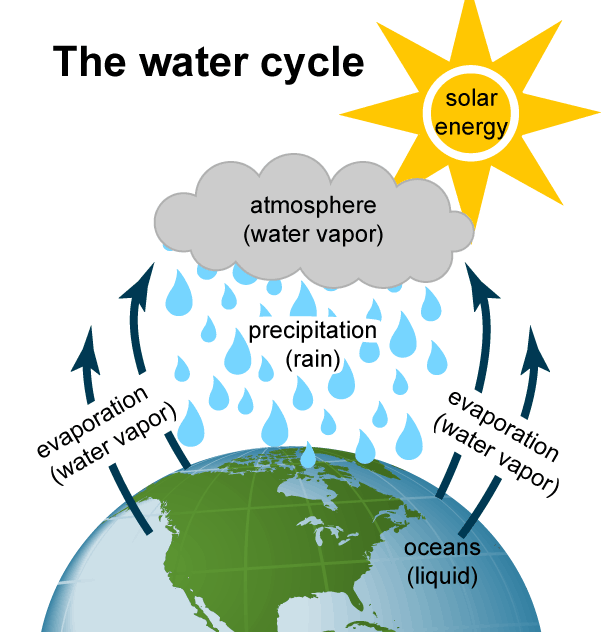
Because of the self-repeating nature, surface water is considered one of the earth’s renewable energy sources. The more precipitation (rain and snow) is collected in rivers and streams, the more water is available for hydropower generation.
What Types of Hydropower Technology Exist?
The basic idea of hydropower generation is to use the force of running water to create kinetic energy, but there is indeed more than one way to achieve this effect. The majority of hydropower plants rely on building dams to hold water back and release it through opening the gates.
Let’s look at the most common technology types there are today:
Impoundment – The technology you have most likely have seen is impoundment facilities. These large systems use a dam to store river water in a reservoir and release it (based on the energy need) to flow through a turbine and spin it. The turbine is connected with a generator, via which the energy is then fed into the electric grid.
Pumped storage – This technology is comprised of two reservoirs, one at a higher elevation from the second one. The water is pumped and kept to the elevated reservoir and when the electricity demand (and the electricity price) is high, the water is released downstream, spinning the turbines located in the lower level reservoir.
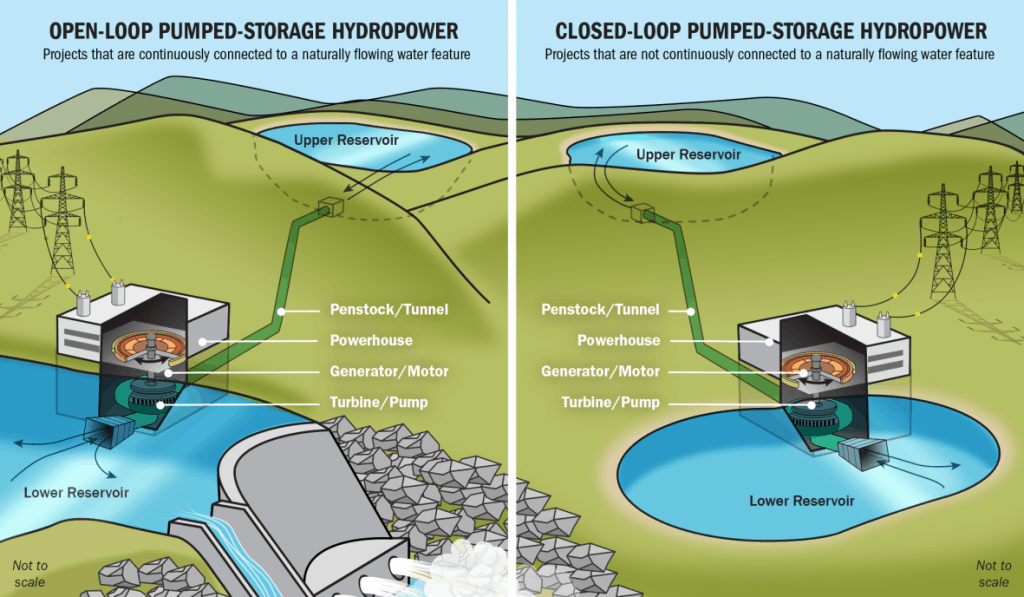
Run-of-river facilities – The most natural of hydropower plants, the run-of-river facilities generate electricity from naturally flowing water (such as a river) without a dam. The downside of this system is the absence of storage and the intermittency of generated energy since the system has to rely on seasonal river flows. There are plenty of benefits though – the absence of large dams makes run-of-river facilities cheaper, faster to build and more environmentally friendly.
Advantages & Disadvantages of Hydropower
Is hydropower generation good or bad for the environment? The philosophical answer is that it depends. Though widely considered a renewable energy resource that provides the world with cheap reliable power and storage, there might not be many reasons to celebrate hydropower systems, when it comes to preserving the environment. Let’s break this down.
Advantages Of Hydroelectric Power Generation
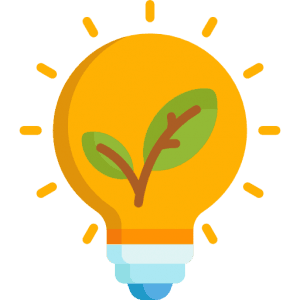 | Clean energy source - Despite the controversy, the indisputable fact is that water is a renewable energy source (thanks to the water cycle described above). No fuels are burned and no direct carbon emissions are released into the atmosphere when hydropower is generated, making it a lot more environmentally-friendly alternative than coal or natural gas. |
 | Local management/control - The often forgotten benefit of hydroelectric generation is that since water doesn't usually do well when traveling very long distances, hydropower is often consumed in the state/territory where it is produced. The reliance on international fuel sources is reduced and replaced with more control on the local level. |
 | Flexibility - One major benefit that hydro has over solar is its flexibility feature - if there is a surplus of power in the grid, water can easily be accumulated and stored for later use. It is also available at any given time and is often used to plug the gap in the renewable energy demand when the sun isn't shining or the wind isn't blowing. |
Disadvantages Of Hydroelectric Power Generation
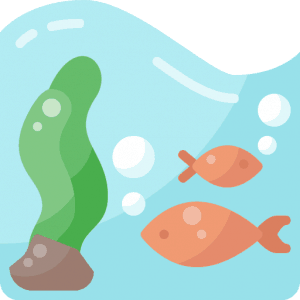 | Impact on local communities & natural habitat - Large scale hydropower dams block the passage of migrating fish and can cause permanent damage to the fish and other wildlife, disrupt river ecosystems and surrounding communities and force out its residents. |
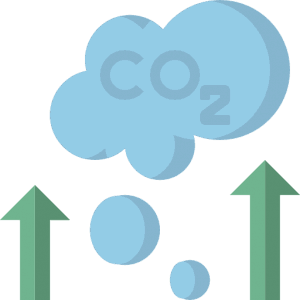 | Hydropower is not emission-free - Even the promise of carbon-free electricity from hydropower has been undermined. Rotting vegetation in artificial reservoirs causes methane bubbles to release, representing approximately 1.3% of global emissions caused by humans. Methane stays in the atmosphere a lot shorter than carbon dioxide; however, its contribution to global warming is triple that of CO2. |
Don’t Dam It Yet – The Future of Hydropower
Despite its environmental downfalls, hydroelectricity is expected to continue playing a critical role in decarbonizing the power system. After all, in the U.S. alone the technology is responsible for:
- 7% of the nation’s electricity generation
- 97% of all energy storage
- Approximately 300,000 U.S. jobs
In 2016, the U.S. Department of Energy released a report that paints the future of hydropower generation to more than double by 2050. Since the technology clearly isn’t going anywhere, a significant amount of effort is being expended to make it smarter, safer, and more efficient. It includes building new fish-friendly dams, implementing stricter environmental standards, and improving existing plants so that new dams don’t have to be built.
Like many other industries, the Hydro industry will also benefit from new emerging technologies, such as the Internet of Things (IoT) or machine learning. One example is the Wireless Sensors for Hydro Monitoring (WISY) project trialed by an Italian company Enel Green Power (EGP) These wireless sensors are able to collect, analyze and transmit all information on the state of a hydroelectric plant in real-time, which significantly improves its performance. Other companies, like Smart Hydro Power in Germany, are pioneering new turbine technologies that generate electricity without disrupting the flow of the river. Hopefully, many more are on the way.
So finally, is hydropower renewable or nonrenewable energy? Despite water being a self-replenishing resource, the technology responsible for converting it into energy is not without its environmental consequences – disrupting fish habitat and methane emissions among the graver ones. However, just like writing letters evolved into typewriters and eventually into all-powerful digital computing, there is hope that centuries-old hydropower technology will eventually evolve too – and continue playing a key role in the transition towards the all-renewable world.
Updated on



